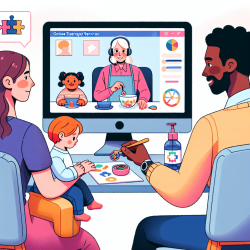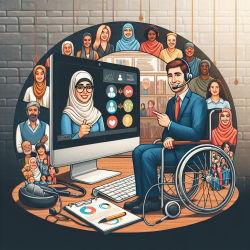Introduction
In the realm of pediatric palliative care, the concept of Dignity Therapy (DT) has emerged as a promising approach to enhance the end-of-life experience for children. Originally designed for adults, DT focuses on helping patients nearing death share their memories, wisdom, hopes, and dreams. This blog explores the potential of adapting DT for children, drawing insights from the research article titled Dignity, Memory, and Final Wishes of Dying Children by Chochinov and Julião (2021).
The Core of Dignity Therapy
Dignity Therapy is a brief psychotherapeutic intervention that enables patients to leave a lasting mark on the world by contributing to the next generation. This approach is grounded in the Model of Dignity in the Terminally Ill, which emphasizes important roles, accomplishments, and generativity—a concept introduced by developmental psychologist Erik Erikson.
Adapting Dignity Therapy for Children
While DT has been extensively studied in adults, its application to children has been limited. However, recent research suggests that with appropriate adaptations, DT can be a valuable tool in pediatric palliative care. Julião et al. proposed a revised version of DT for adolescents, incorporating metaphors and tasks to make it more developmentally appropriate.
Key adaptations include:
- Incorporating art, photography, video, or audio recordings to embellish legacy documents.
- Using metaphors and tasks tailored to the developmental stage of the child.
- Allowing family members to participate in DT by proxy, providing a sense of peace and closure.
Case Studies: Real-Life Impact
Several case studies highlight the positive outcomes of DT for children:
- Madeline "Maddie" Dibello: After her passing, her family participated in DT by proxy, resulting in a final document that reflected their feelings about her.
- Alex Unger: A 19-year-old who had his sister create cover art for his generativity document, illustrating the importance of creative expression.
- Miracle Akbar: A 16-year-old who held a party to read her generativity document, demonstrating the therapeutic value of sharing one's story.
- Shahd Shahroor: Translated her document into Arabic, finding comfort in knowing her story would be used for educational purposes.
Implications for Practitioners
For practitioners in the field of pediatric palliative care, these findings underscore the importance of considering DT as part of their therapeutic toolkit. By adapting DT to meet the unique needs of children, practitioners can help fulfill the final wishes of young patients, preserving their dignity and memory.
Practitioners are encouraged to explore further research on DT and consider how it can be integrated into their practice. The potential benefits for children and their families are profound, offering a sense of peace, closure, and lasting legacy.
Conclusion
Incorporating Dignity Therapy into pediatric palliative care holds great promise for improving outcomes for children nearing the end of life. By embracing creative adaptations and involving families, practitioners can help children leave a meaningful legacy. To read the original research paper, please follow this link: Dignity, Memory, and Final Wishes of Dying Children.










